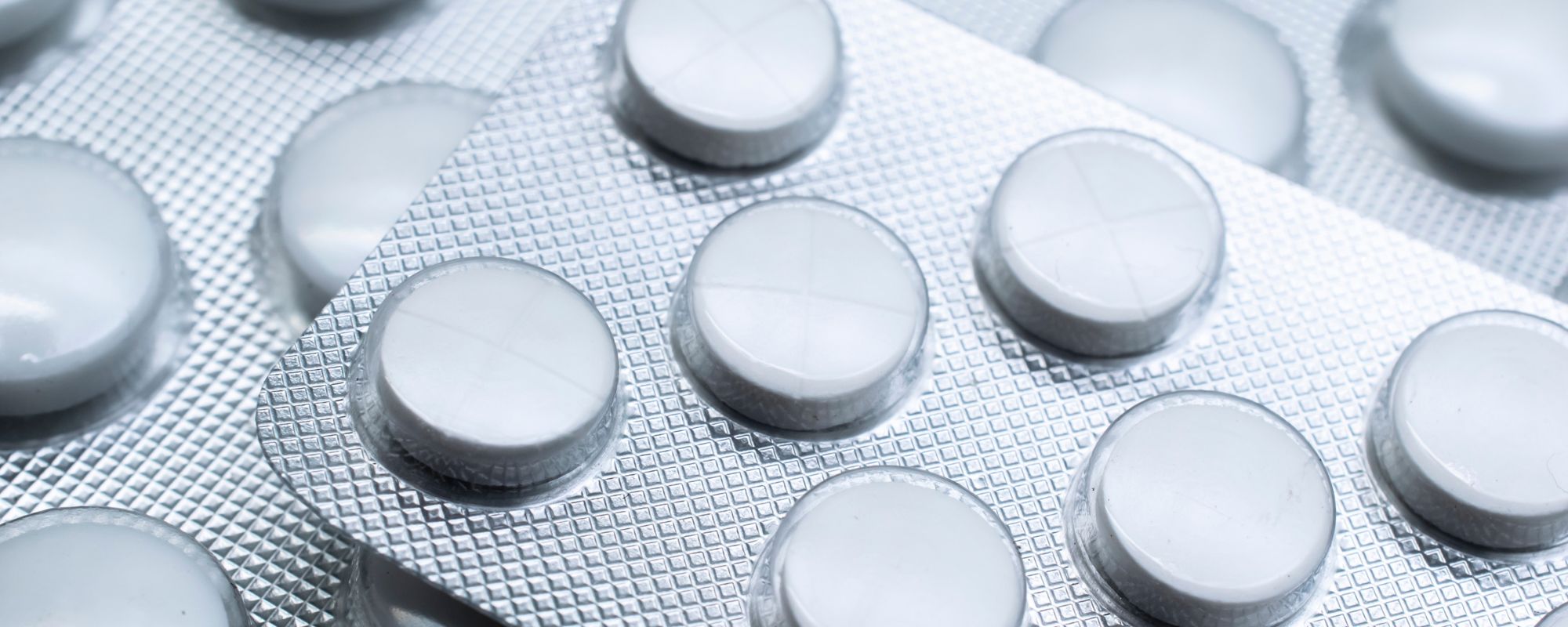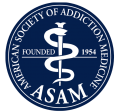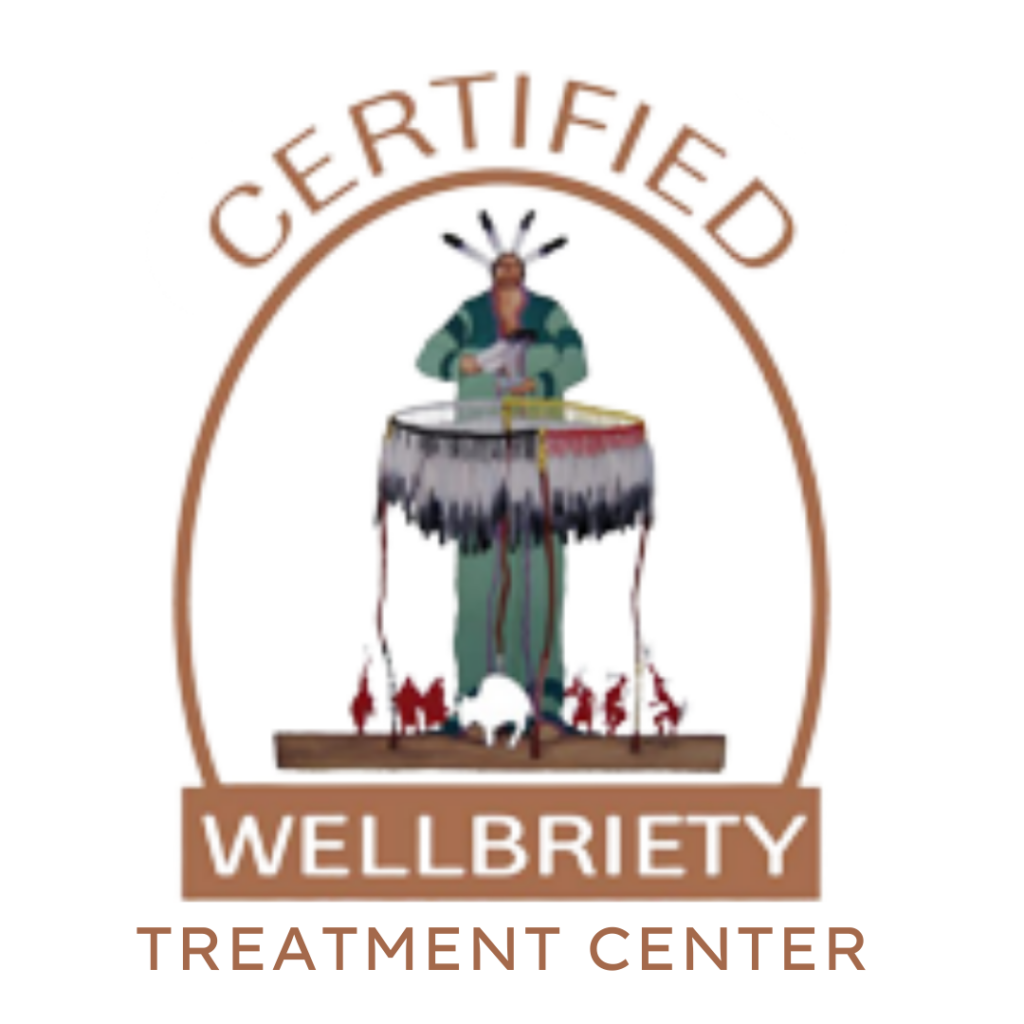More than 115 Americans die of opioid overdose every day, according to the National Institute on Drug Abuse (NIH). The NIH has also reported that in 2015, over 33,000 Americans died from opioid overdose, and that between July 2016 and September 2017, opioid overdoses increased 30% in 52 areas in 45 states.
Opioids— prescription pain medications, heroin, and lethal synthetics like fentanyl— have created a crisis of unprecedented proportion in the United States. The Centers for Disease Control and Prevention (CDC) have estimated the economic cost to the country to be $78.5 billion.
The increase in opioid use is accompanied by an increase in injection drug use, a contributor to the spread of infectious blood diseases like HIV and hepatitis C. Today’s opioid crisis has its roots in the 1990s when opioids were first prescribed for pain at a higher rate than doctors had prescribed them prior.
Victims of the opioid crisis are young, too. A Canadian study conducted by St. Michael’s Hospital in Toronto and funded by the Canadian Institutes of Health Research published in June 2018 suggests that one in five young adult deaths in the United States is opioid-related. In 2015, more than 70% of deaths by overdose among those 15 to 24 involved an opioid, according to the Department of Health and Human Services.
In the last year alone, 2.5 million Americans aged 18-25 have misused opioids, according to the NIH. In 2016, the same number reported misusing an opioid.
Why are opioid misusers so young?
There is no one reason why so many young people develop opioid use disorders. Some use simply to get high, while others believe that prescription opioids will help them to do well in school, feel better, relax, or lose weight. Opioid dependence is incredibly dangerous and too often leads to death. While using, those with an opioid use disorder may experience life-threatening withdrawal symptoms such as nausea, muscle cramps, depression/anxiety, and agitation. Symptoms may last a week or more and without medical intervention can prove fatal.
Why are opiates so addictive?
Opioids like oxycodone and hydrocodone are often prescribed to alleviate pain, while illegal opioids like heroin and fentanyl— a deadly opioid substitute that has seen an increase in popularity and accessibility in recent years— are highly addictive. When an opiate enters the body, artificial neurotransmitters— endorphins and dopamine— enter the brain through the bloodstream, flooding the mind and creating a false sense of pleasure. Repeated opioid use interferes with the brain’s ability to create its own neurotransmitters, which creates a dependence on opiates and the positive feelings associated with taking them.
How is the United States responding to the young lives being claimed by opioid crisis?
In June 2018, the federal government launched an anti-opioid ad campaign targeting young adults. In one ad, “Amy P. from Columbus” crashes her car into a dumpster to get prescribed more Vicodin. In another, “Kyle I. from Dallas” breaks his hand with a hammer for more Oxycontin. “Chris G. from Atlanta” shuts his arm in a door, and “Joe S. from Maine” breaks his back for more prescription opioids.
The ads, produced by the Truth Initiative, a non-profit organization focused on public health education among youth and known for its national anti-tobacco campaigns, in collaboration with the Office of National Drug Control Policy and the Ad Council, play on the “shock factor”; the short videos, with actors the same age as the young adults being targeted, portray real-life opioid use disorder stories and involve self-inflicted physical harm for the sake of obtaining prescription opioids.
America’s opioid crisis is reaching levels it never has, and anyone with a substance use disorder, and the public generally, should be well aware of the very real concerns associated with it.
If you or someone you love has an opioid use disorder, please do not hesitate to contact us to learn more about our detox and residential programs. Our admissions staff is available 24/7 at (877)-RECOVERY to assist you.
























